
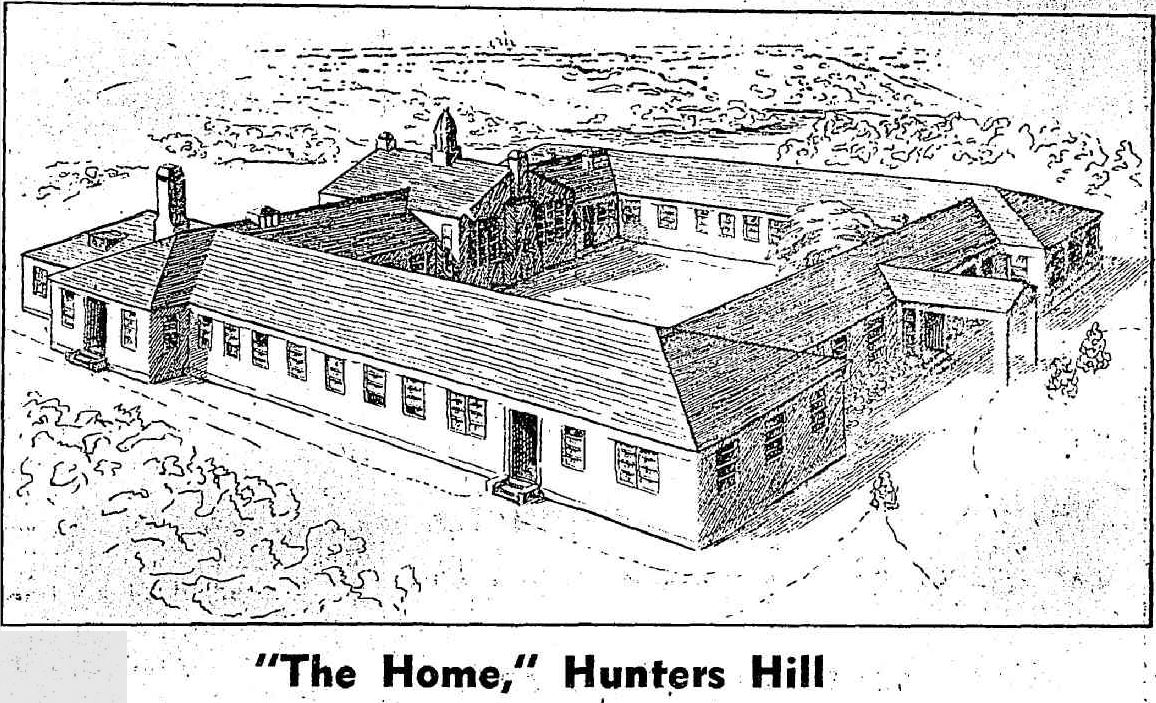
The Isabella Lazarus Children’s Home was a home for Jewish children at Hunters Hill that was founded in 1939. It was opened at the same time as the Sir Moses Montefiore Jewish Home, which ran the children’s home, and was located on the same property. It moved temporarily to Killara in 1942 then to Waverley…
Garth was established by the Child Welfare Department in Willoughby in 1924. It was a home for the segregation and treatment of children, and mothers and babies, who were suffering from venereal disease. Not all children in the home carried venereal disease, as it also housed children with polio (infantile paralysis). A commission of inquiry…
This is a collection of records of the Dreadnought Association, which was formed in the 1970s by former ‘Dreadnought boys’ (child migrants brought to Australia by the Dreadnought Trust). The records relate to to child migration and to the Government Agricultural Farm at Scheyville. Access Conditions Please contact the State Library of New South Wales…
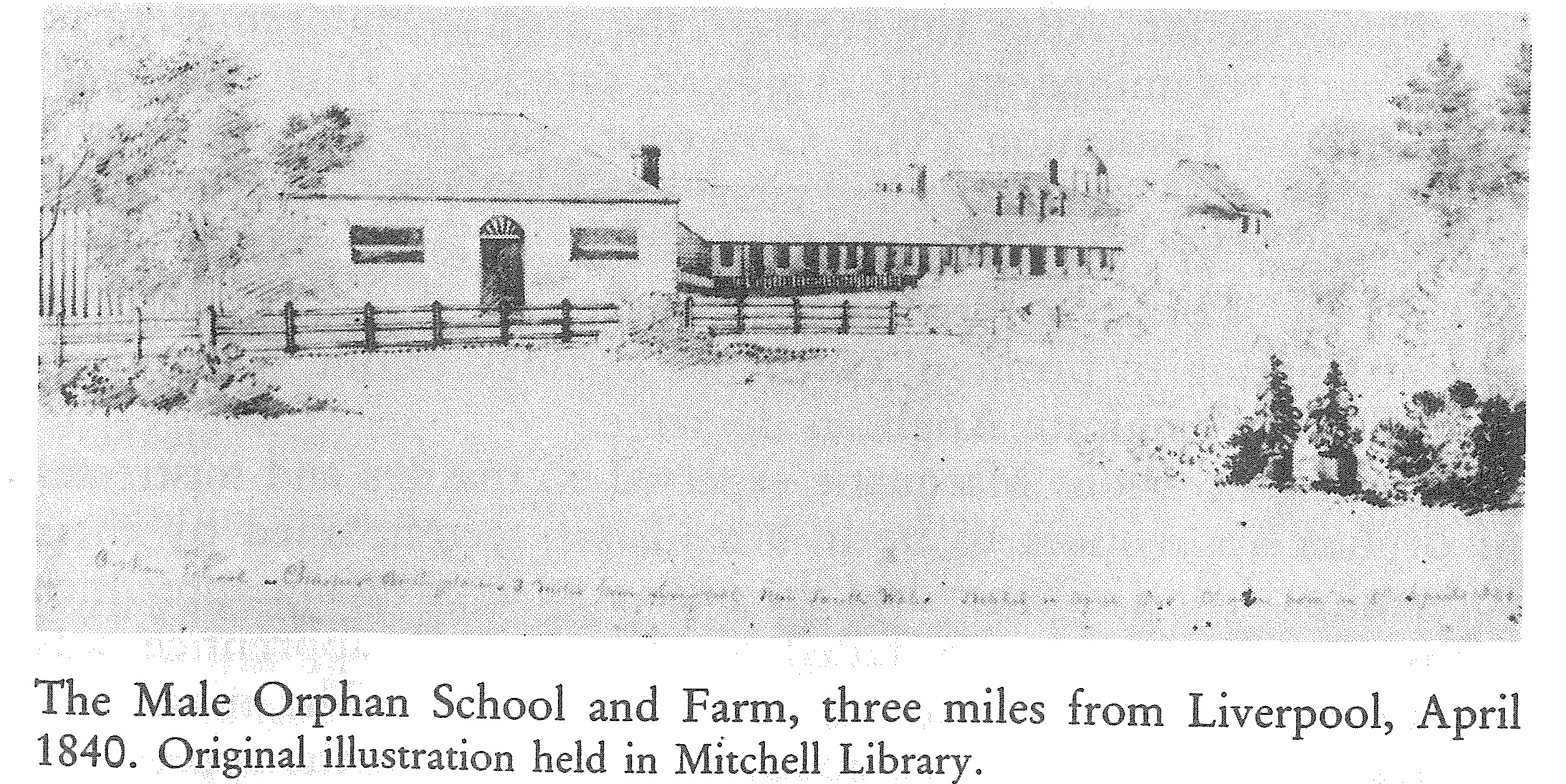
The Male Orphan School was established by Governor Macquarie in 1819 to house destitute boys aged between seven and ten. It was located on George Street, Sydney, in the former premises of the Female Orphan School. The boys were given a basic education, learned trades such as carpentry, hat and shoe making, and, from 1923,…
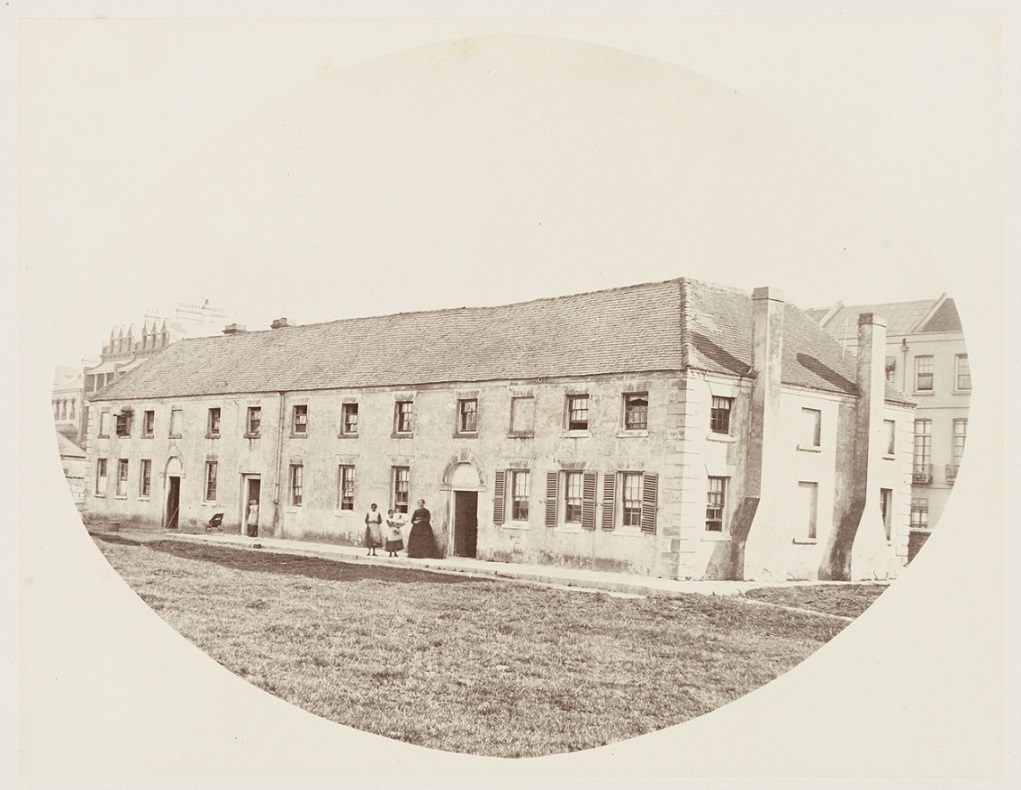
The Female School of Industry was first established in Macquarie Street in Sydney, then moved to Darlinghurst Road around 1877. It finally moved to Petersham in 1903. It was a girls’ home and domestic training home for girls aged 4 to 14. It closed in 1926. The Female School of Industry was established by a…
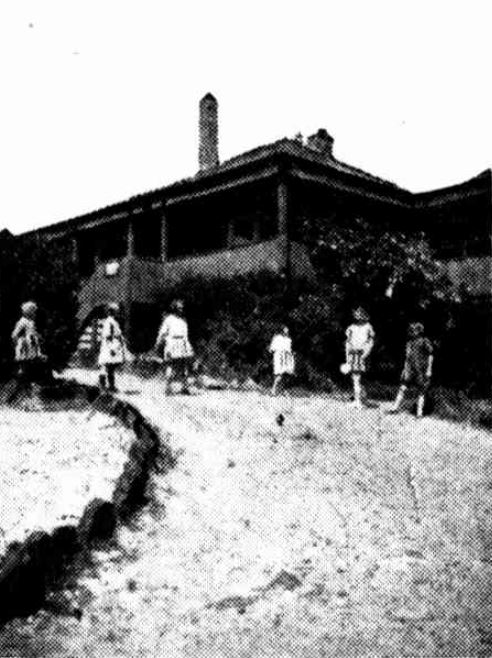
Shuna Red Cross Home was situated in Eastview Ave, Leura and was opened as a home for girls in 1925 by the Australian Red Cross. In either 1945 or 1946 the girls were moved to Kippilaw, also at Leura, while boys stayed at Shuna. Shuna closed in around 1951 and was later sold to the…
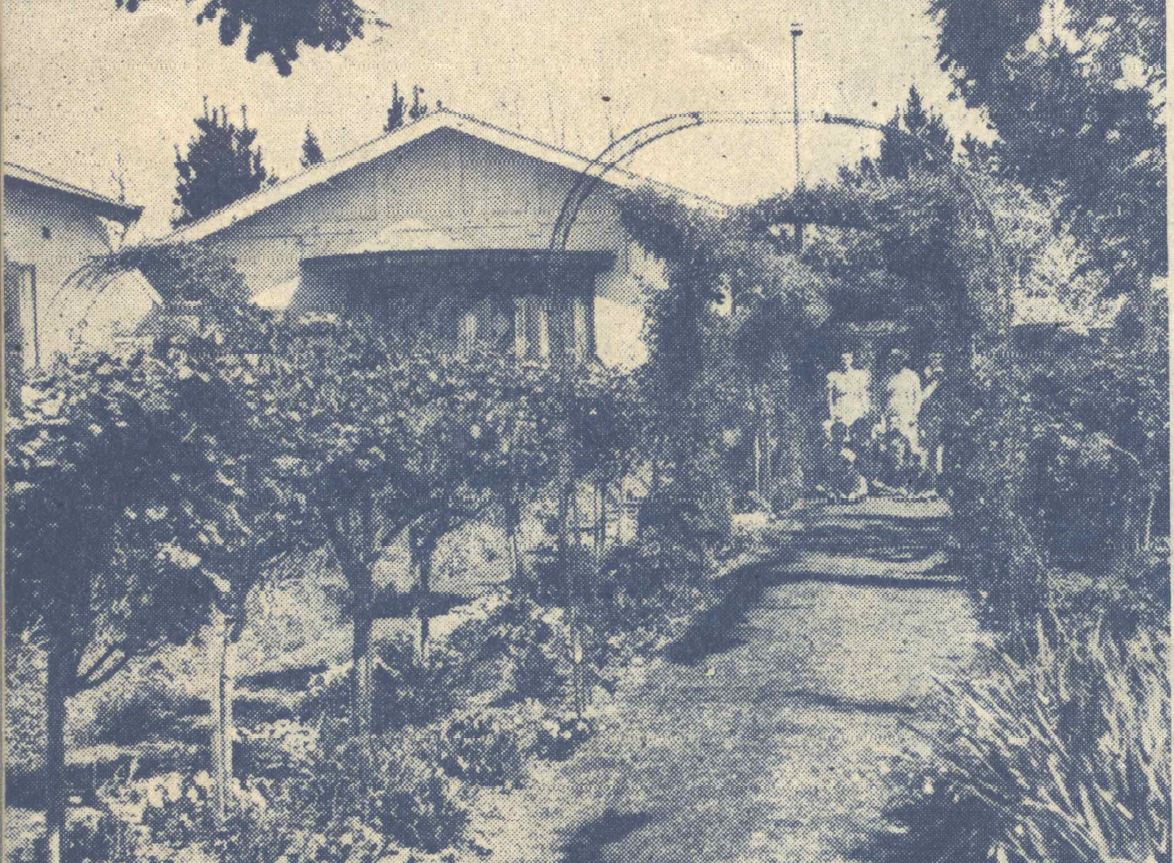
Kippilaw, in Leura in the Blue Mountains, was established as a Junior Red Cross Home for girls in 1945. Kippilaw received girls from Juong Junior Red Cross Home and Shuna Red Cross Home in 1945 and 1946. Kippilaw closed in 1950 and the children were transferred to Berida. Kippilaw was a Red Cross convalescent home…
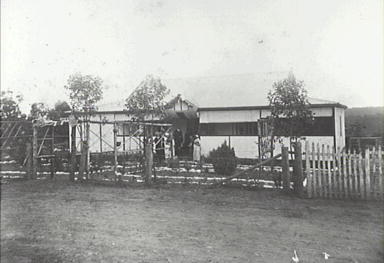
Juong Red Cross Home was opened by the Red Cross in 1925 to assist children of ex-servicemen, particularly those suffering from tuberculosis. Juong housed only boys, and was in Grose Rd, Springwood, which was later called Chapman Parade, Faulconbridge. The Home closed in 1945 and the children were transferred to Kippilaw. Juong was one of…
The Dr Dill Macky Memorial Home for Children records and pictorial material, 1910-1983 is a manuscript collection in the Mitchell Library. It comprises 17 boxes and 14 volumes of textual and pictorial material. Access Conditions Some material in this collection is closed to public access because of confidential and personal information, according to the State…
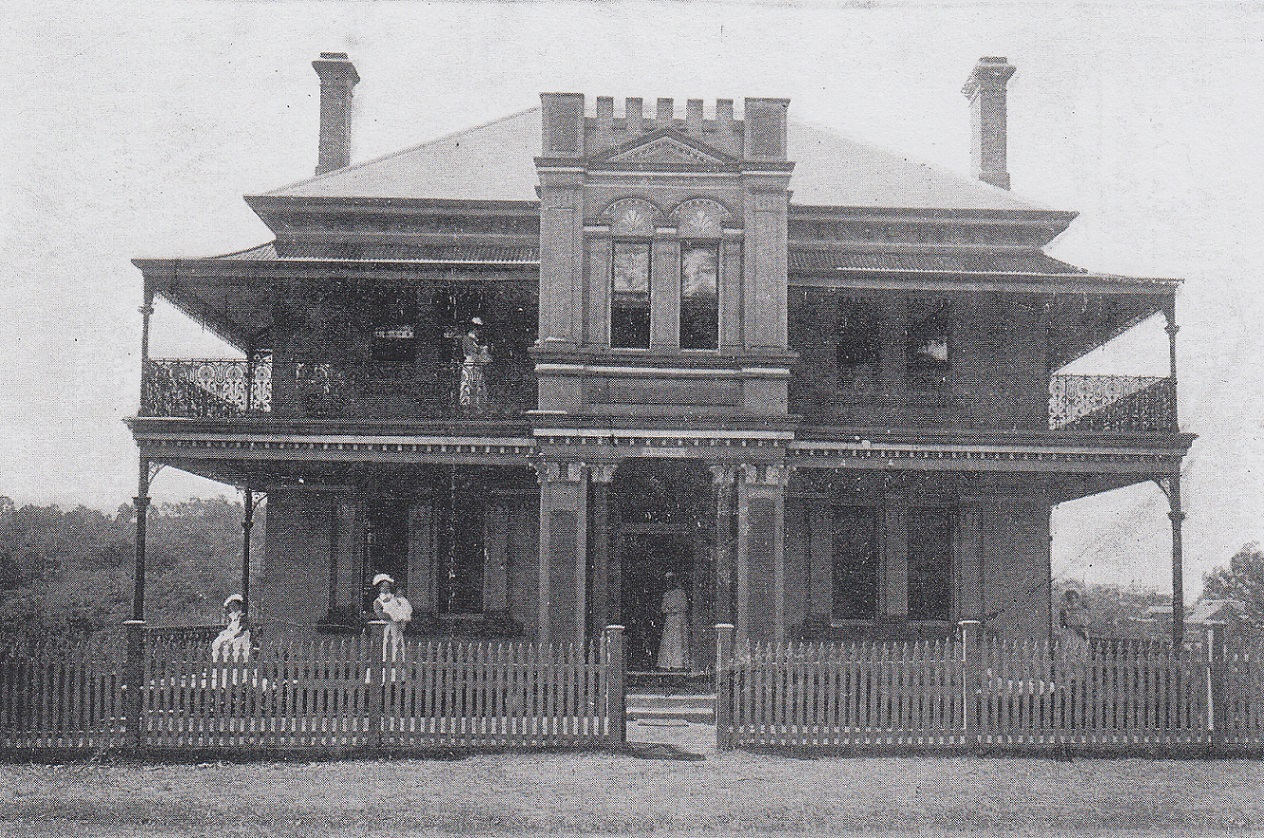
The Sydney Home for Babies was located at Waverley, in a large two-storey house on what was then called Nelson Bay Road and is now Bronte Road. Opened in February 1910 by Mrs Greig-Smith, founder of Sydney Norland Nurseries, it was ‘founded for the care of infants who are poor and whose mothers have to…